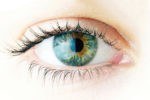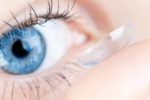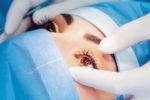Focus On Eye Health
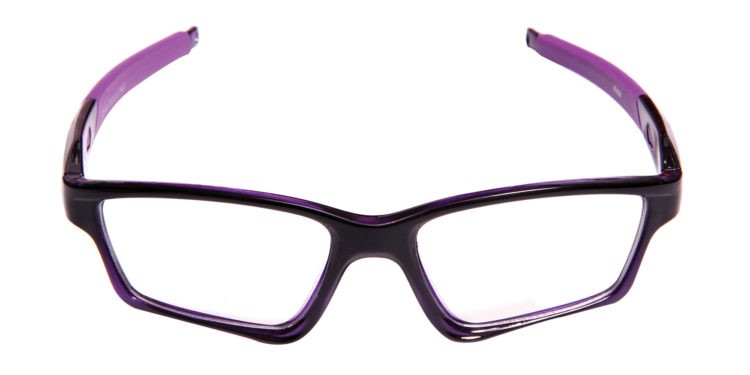
April is Sports Eye Safety and Women’s Eye Health Month
If you are a sports fan, you’re probably all too familiar with the prevalence of sports eye injuries. Just watching the Final Four can produce a guidebook on a startling number of eye injuries — from orbital injuries to corneal abrasions — that not only sidelined the players but could have been completely avoided.
Basketball, in fact, is one of the most high-risk sports for an eye injury, second only to water and pool sports, with over 6,000 eye injuries a year. The risk of eye injury varies depending on the activity. MMA and boxing pose an extremely high risk of serious injury and even blinding eye injury. Sports such as these pose a double threat in being dangerous by nature and a lack of adequate eye protection for these sports.
However, all sports pose some level of threat to eye safety and collectively result in an estimated 100,000 sports-related eye injuries a year with 13,500 of them ending in permanent vision loss, as estimated by the American Academy of Ophthalmology.

Complacency Leads to Injury
Most of the eye injuries we experience we’re able to recover quickly, but that is perhaps why most of us dismiss the seriousness of both eye injury and eye safety which leads to behaviors that endanger eye health. For example, wearing contact lenses during water activities can lead to Acanthamoeba keratitis, a severe and painful infection of the cornea which causes scarring and if left untreated can cause blindness.
Sports Eye Injuries Can Be Avoided
Eye injuries are the leading cause of blindness in children, even without the Red Ryder BB gun. One-third of eye-related sports injuries involve children and result in 100,000 physician visits per year. Most of these injuries result from not wearing the appropriate protective eye gear.
According to the National Eye Institute, an astonishing ninety percent of sports-related eye injuries in both children and adults could be avoided simply by wearing the proper protective eyewear. Currently, most schools, sports leagues, and professional sports organizations do not require the use of protective eyewear, though most sports have the availability of specially designed protective eyewear.
Be an Advocate
The best way to help prevent eye injury is to practice safety yourself and advocate for others to do the same. Talk to teachers, school districts, and coaches and encourage them to encourage others to wear protective eyewear. Protective eyewear, which is typically made from ultra-strong polycarbonate, is 10 times stronger than other plastics and does not reduce vision, or hinder activities. It is a small act that could save your vision.
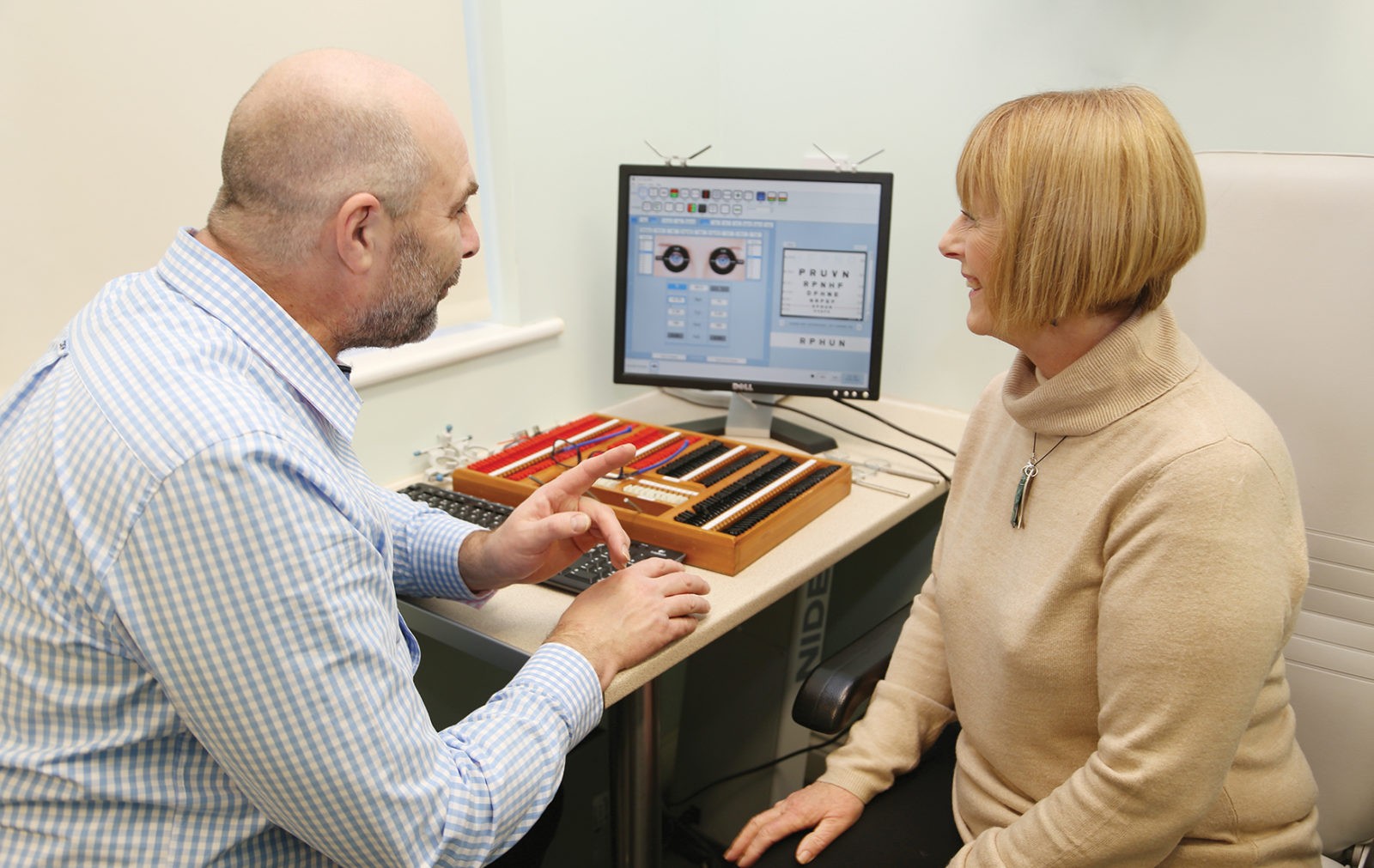
Women’s Eye Health
April is also Women’s Eye Health Month. According to Prevent Blindness, of the 4.4 million Americans age 40 or older who experience vision loss, women make up the majority. In fact, two-thirds of blindness and other visual impairments worldwide occur in women. Sadly, less than 10 percent of American women realize they are at greater risk of suffering permanent vision loss than men and most do not know what to do to reduce their risks.
Hormonal Variations Play a Role in Eye Health
In addition to living longer, women experience hormonal fluctuations which negatively impacts vision. Higher blood pressure during pregnancy can cause blurry vision and retinal detachment. Birth control may cause blood clots and strokes which can lead to vision problems. Menopause is another factor that can cause dry eye and other eye-related problems such as damage to the surface of the eye.
Women are far more likely to experience glaucoma, cataracts, and Age Related Macular Degeneration. Most women do not know that there is no cure for these diseases, or that there are steps to lessen the effects. 2.2 million Americans suffer from glaucoma, a disease that damages the optic nerve and causes vision loss and blindness. Many of the sufferers are women, and nearly half do not know they have the disease which causes no early symptoms.
Cataracts
Cataracts are another eye problem facing many women. A clouding of the normally clear lens of your eye, cataracts develop slowly and will eventually interfere with your vision. Fortunately surgery is generally a safe, effective procedure.
Age Related Macular Degeneration
Since women have a longer life expectancy than men, they are more likely to develop Age Related Macular Degeneration, or AMD. It is the leading cause of irreversible vision loss among those of advancing age. In time, women with AMD may find it difficult or impossible to read, drive, or recognize faces.
Don’t Let Vision Slip Away
Healthy vision is something we often take for granted until it starts to slip away. And that’s a shame. A recent Prevent Blindness online poll found that one in four women had not received an eye exam in the last two years, many citing cost, lack of vision insurance coverage, and time as the main factors. Most put off vision care because they feel they can, assuming since they do not have perceivable symptoms that there isn’t a problem.
Getting Proactive Earlier
One of the best steps we can take is to advocate for taking steps to protect our eyesight earlier and throughout our lifetime. Most women do not know that their vision can be protected by things like quitting smoking, taking supplements, using UV-blocking sunglasses, and using cosmetics and contact lenses safely. Other proactive steps include eating nuts, fish, and dark leafy green vegetables, getting regular exercise and maintaining a healthy weight, and keeping blood pressure and cholesterol under control.
Eye Health and Smoking
Smoking significantly increases complications in certain eye diseases, especially in women. Smokers are four-times more likely to have macular degeneration than non-smokers according to experts at the University of Manchester. Another study from the Massachusetts Eye and Ear Infirmary showed that current and past smokers had a 1.9 and 1.7-fold greater risk respectively of AMD compared with non-smokers.
Three-quarters of blindness and vision loss are either preventable or treatable, and 90 percent of eye injuries are preventable. Healthy Kansas City magazine would like to be a part of encouraging our community to spread awareness. With greater awareness we can reduce the incidence of vision loss and help secure a better, healthier future.
For more information, see https://www.aao.org/eye-health
